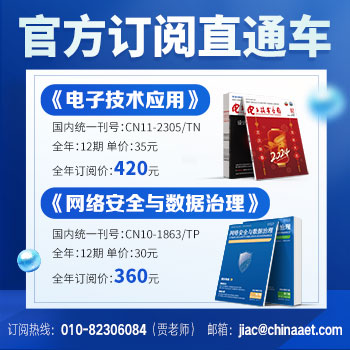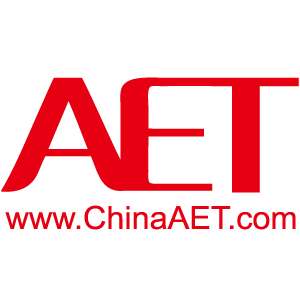中文引用格式: 呂應(yīng)明,袁文平. 基于SCA-PSO的支持向量回歸車輛尾氣傳感器溫濕度補(bǔ)償方法研究[J]. 電子技術(shù)應(yīng)用,2025,51(5):38-43.
英文引用格式: Lv Yingming,Yuan Wenping. Research on temperature and humidity compensation method of vehicle gas sensor based on SCA-PSO support vector regression[J]. Application of Electronic Technique,2025,51(5):38-43.
引言
近些年,隨著我國(guó)經(jīng)濟(jì)快速發(fā)展,各類車輛的保有量迅速增加,車輛尾氣是城市空氣污染的重要來源之一[1]。尾氣中存在大量的一氧化碳、氮氧化物以及顆粒物和粉塵[2]。其中氮氧化物(Nitrogen Oxide, NOx)和顆粒物(Particulate Matter, PM)是對(duì)人體危害較大的兩種污染物。氮氧化物會(huì)對(duì)人的眼、鼻、喉以及支氣管造成較大的損傷[3]。顆粒物主要是指PM10(可吸入顆粒物),經(jīng)人體吸入后容易沉積在肺泡內(nèi)并可能致癌[4]。
在上述兩種污染物的主要排放源中柴油機(jī)車占了總量的80%~90%[5]。在這樣的情況下,2020年我國(guó)開始實(shí)施柴油車的第四階段管理標(biāo)準(zhǔn)[6]。從上述各方面來看,柴油車尾氣污染物排放的控制與監(jiān)管對(duì)控制環(huán)境污染與提升大氣質(zhì)量來說至關(guān)重要。針對(duì)這個(gè)問題,本文將設(shè)計(jì)并搭建一款車載式尾氣檢測(cè)平臺(tái),利用單片機(jī)與傳感器模塊,實(shí)時(shí)在線檢測(cè)車輛尾氣中NOx氣體和PM的濃度,并利用物聯(lián)網(wǎng)數(shù)據(jù)傳輸模塊實(shí)時(shí)將檢測(cè)數(shù)據(jù)上傳至云端平臺(tái)。
檢測(cè)平臺(tái)中的NOx傳感器原理基于電化學(xué)反應(yīng),利用催化電極將氮氧化物氣體分解成氮?dú)夂脱鯕猓罄醚鯕獾臐舛扰c分解前氮氧化物氣體濃度成比例的特點(diǎn),檢測(cè)出氮氧化物氣體濃度。而上述反應(yīng)一般會(huì)受到溫度、濕度等因素影響[7]。在檢測(cè)平臺(tái)中,除溫濕度兩者會(huì)隨使用環(huán)境或檢測(cè)設(shè)備變化外,其余影響因素均已確定。因此可以利用溫濕度補(bǔ)償方法來降低其對(duì)輸出結(jié)果的影響。在NOx氣體傳感器內(nèi)部沒有集成溫度和濕度補(bǔ)償器的情況下,只能選用軟件溫濕度補(bǔ)償?shù)姆绞絹磉M(jìn)行。
軟件補(bǔ)償是傳感器補(bǔ)償?shù)囊环N方式,整體思路是用檢測(cè)數(shù)據(jù)對(duì)模型進(jìn)行訓(xùn)練后得到補(bǔ)償模型,之后利用該模型對(duì)檢測(cè)結(jié)果進(jìn)行數(shù)據(jù)補(bǔ)償。一般來說,支持向量機(jī)訓(xùn)練的模型在存儲(chǔ)與識(shí)別過程中僅需要依賴支持向量,即識(shí)別方法具有更高的響應(yīng)速度,具有較好的實(shí)時(shí)性,十分適合用于車載式尾氣檢測(cè)。基于上述優(yōu)點(diǎn),本文提出了一種基于支持向量回歸(Support Vector Regression, SVR)以及正余弦優(yōu)化算法(Sine Cosine Algorithm, SCA)改進(jìn)式粒子群優(yōu)化算法(Particle Swarm Optimization, PSO)的傳感器溫濕度補(bǔ)償方法,用于補(bǔ)償NOx氣體傳感器由于溫濕度引起的誤差。
本文詳細(xì)內(nèi)容請(qǐng)下載:
http://forexkbc.com/resource/share/2000006523
作者信息:
呂應(yīng)明,袁文平
(北京市科學(xué)技術(shù)研究院智能裝備研究所,北京 100061)


